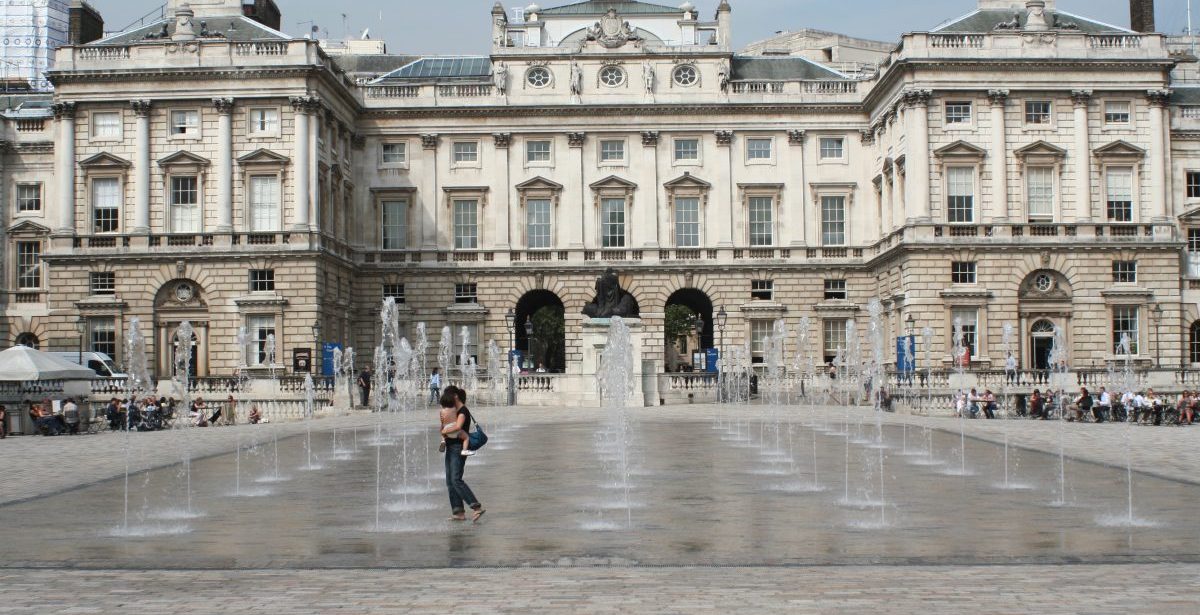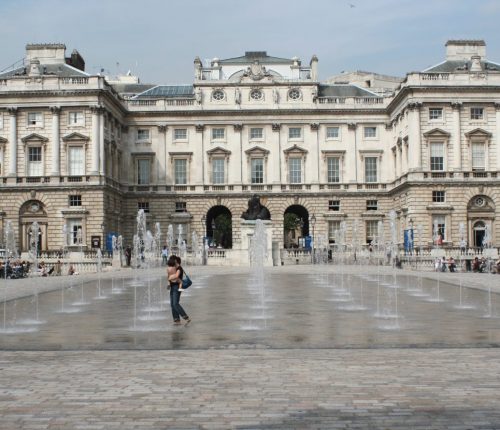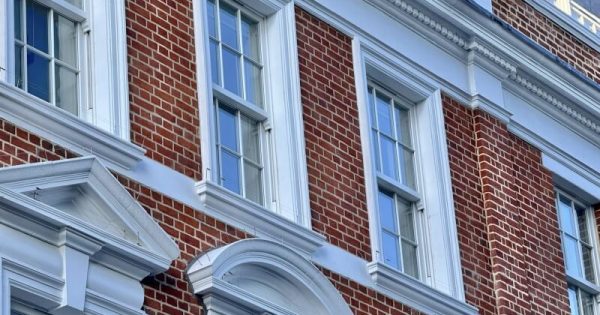Sat Feb 5
Caring for historic sash windows is very important as regular maintenance can avoid a full sash window restoration. Even though historic sash windows are quite old, they regularly last for more than a decade when cared for properly.
There are three main eras in which sash windows were used heavily. The sash window was conceived in the 17th century, and went on to revolutionise British architecture. The size of the window and the number of panels was considered a symbol of the owners stature and wealth.
- Georgian era sash windows commonly feature a “six over six” panel design with a double-hung sash window.
- Victorian era sash windows have a “two over two” grid design. It was common for Victorian houses to feature sash windows with larger panes of glass and sashes on the bottom floor of the building, and smaller features on the upper floors of the building. Sash windows from this era were single glazed and are some of the easiest windows to maintain.
- Edwardian era sash windows most commonly feature a “six over two” panel design
- An ancillary type of sash windows are ones that open horizontally. These are colloquially known as “Yorkshire sash windows”.
In order to avoid a full timber sash window restoration, follow these measures and tips on how to maintain sash windows.
Clean the windows regularly
- Hoover and dust the sliders regularly, this prevents dust and dirt settling in the sliders which will restrict the windows ability to open and close.
- Clean the inside of the windows at least once a week but do not use a paper towel, this does not effectively clean the windows and it also creates a static charge on the glass which attracts dust and makes it stick to the glass. Instead, use a microfiber cloth with glass cleaner. Although you may read that you can use a diluted mixture of vinegar and water, glass cleaner works better more reliably and cannot damage the glass.
- You only need to clean the outside of the glass once or twice a year. Avoid doing so on a particularly sunny day as this causes the glass to dry rapidly, leaving streaks on the glass.
- It is recommended that you stay on top of cleaning the windows as this makes it easier to clean each time.
- To clean the frames and protect the paint on the timber, simply regularly wipe down with a damp cloth. Take this time to examine the frames, making sure that there is no flaked or chipped paint.
Painting the timber
- The paint on the timber acts as a protective barrier against the elements. If the paint is cracked or chipped, sand down the area and repaint, priming the surface before painting with the exterior coat.
- Also look at the glazing putty that adheres the wood to the glass. If this is damaged in any way, add glazing putty to the damaged area. After three to five days, paint over the glazing putty with paint to provide the same protection as the timber.
- If you notice that you have timber rot you may need a full sash window restoration. If the rot is very small and localised, you can attempt to remove it however it is likely that it would still be better to have a restoration.
Improving the efficiency of historic sash windows
Historic sash windows can lose their fit over time due to warping of the timber in the frames and sashes, this leads to rattling, draughts, and low energy and heat efficiency.
- To fix draughts and rattles without needing a sash window restoration. Apply “weather stripping”, a term used for the process and the materials used in the process, to the gaps in the window. This creates an airtight seal, stopping the elements from getting through the window. Thus eliminating draughts and rattles when the wind blows.
- Heat loss can be minimised by using heavy curtains or close fitted blinds. This method reduces heat loss by up to 30%.
- Adding an extra glazing, second or third, can greatly reduce heat loss. This can be done by sash window restoration experts.
Traditionally sash windows came fitted with shutters which performed just as well as extra glazing does today. If you have shutters installed for your sash window be sure to upkeep them. Unfortunately, due to the increased availability of cheap heating in the 20th century, sash windows built after that time period did not come with shutters as standard.
These tips can be carried out for extended periods of time. Sash windows not only look good and require little maintenance, but they also have incredibly long life spans. This is evidenced by the number of Victorian, Edwardian, and Georgian buildings which still have the original sash windows installed.





